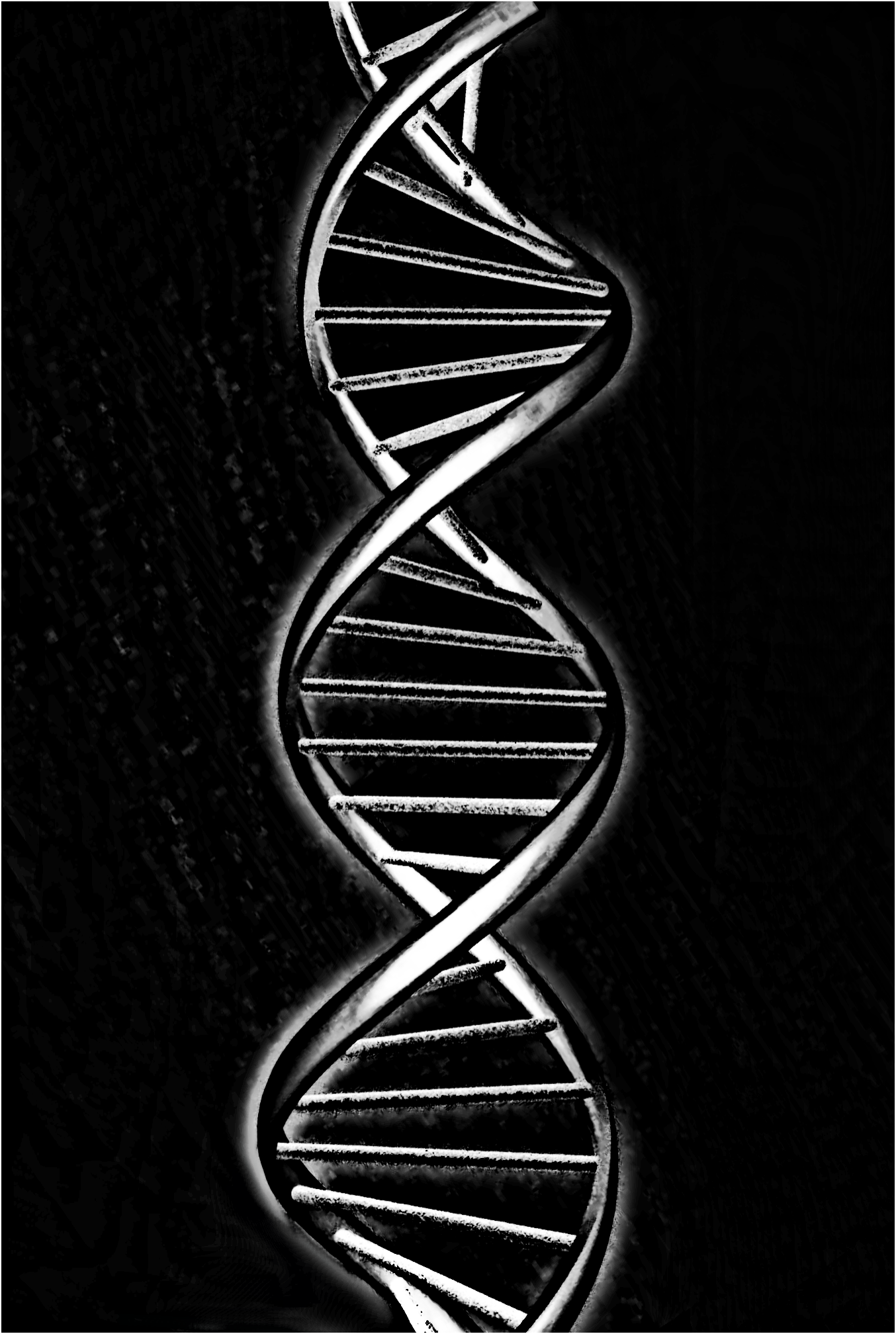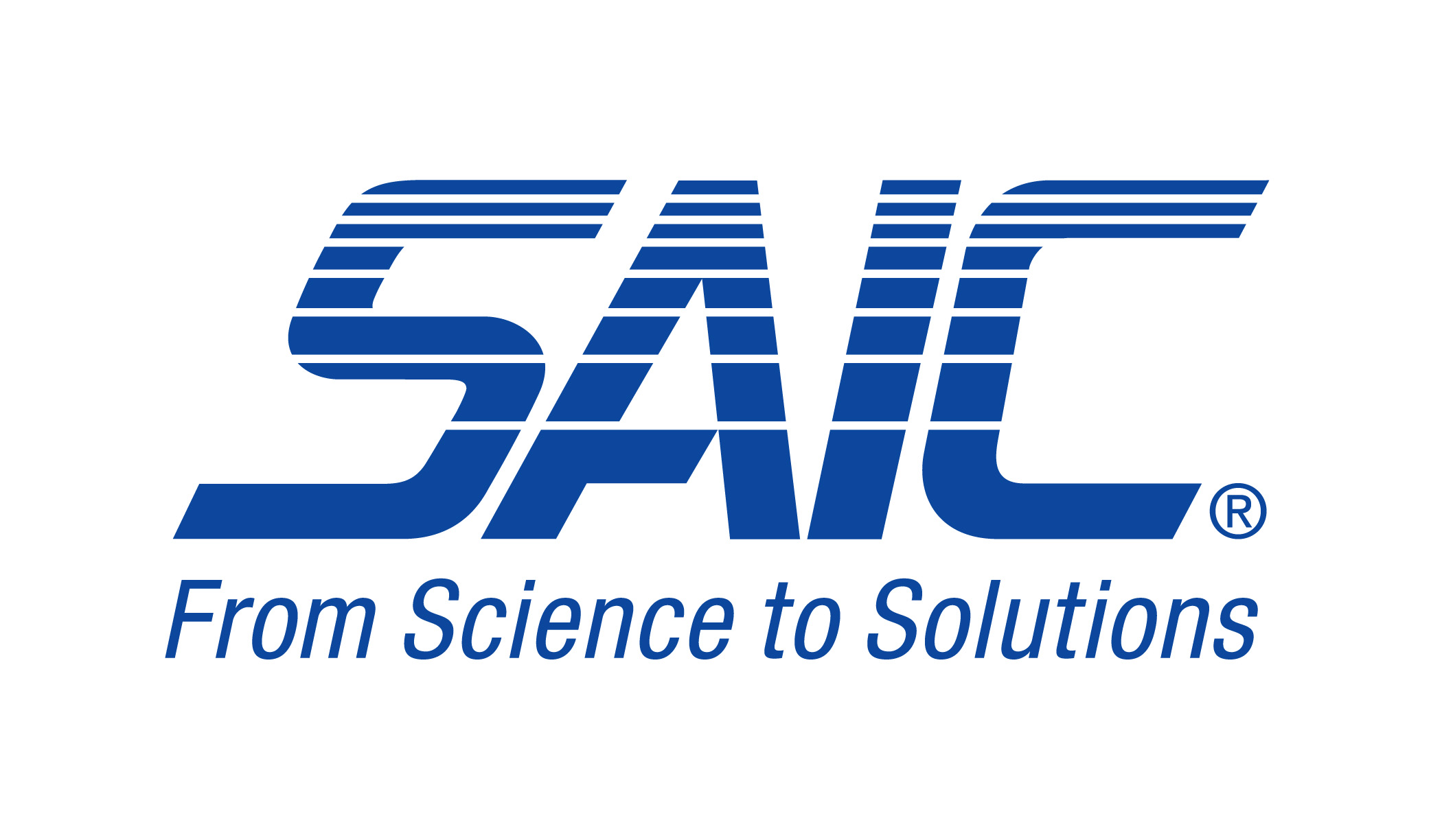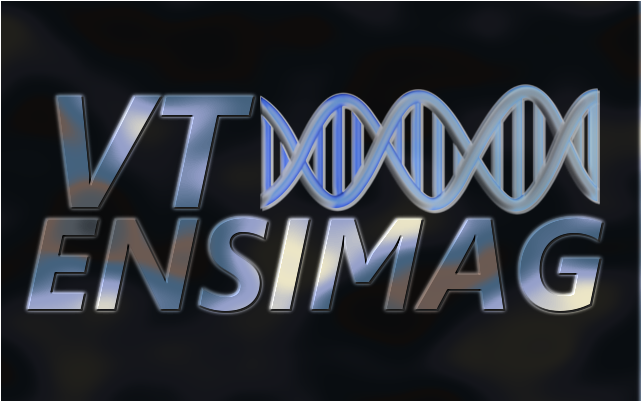Team:VT-ENSIMAG/Introduction
From 2010.igem.org
| Line 6: | Line 6: | ||
Gene synthesis technology gives scientists an unparalleled capability to manipulate genomes. Over the past several decades, an entire commercial industry has developed to inexpensively produce genes on a large scale. It is this industry which provides the manufactured genes and standardized parts to make synthetic biology, and iGEM, possible. | Gene synthesis technology gives scientists an unparalleled capability to manipulate genomes. Over the past several decades, an entire commercial industry has developed to inexpensively produce genes on a large scale. It is this industry which provides the manufactured genes and standardized parts to make synthetic biology, and iGEM, possible. | ||
| - | Synthetic genomics, like synthetic biology, has the potential to act as both a great benefit and a great detriment to public health and national security. A precedence for the dual use of synthetic genomics is the reconstruction of the virus responsible for the pandemic 1918 Spanish Flu in 2005 by researchers at the CDC ([http://en.wikipedia.org/wiki/1918_flu_pandemic See more]). This highly infectious strain is estimated to have killed as many as 50,000,000 people worldwide. Although the 1918 Spanish flu genes were synthesized for legitimate research purposes, they could have just as easily been used to reconstruct a biological weapon. It should be noted that the reconstructed strain was partially attenuated (http://www.sciencemag.org/cgi/reprint/310/5745/77.pdf 1]). This, however, does not preclude the possibility of more virulent forms being engineered in the future. Although such engineering is difficult at the moment, advances in this technology over the next decade could make it easier for bioterrorists to harm the Public. According to a 2004 report by the U.S. National Intelligence Council, its greatest security concern over the coming years is that terrorists will acquire biological agents for use as weapons of mass destruction (NIC, 2004). | + | Synthetic genomics, like synthetic biology, has the potential to act as both a great benefit and a great detriment to public health and national security. A precedence for the dual use of synthetic genomics is the reconstruction of the virus responsible for the pandemic 1918 Spanish Flu in 2005 by researchers at the CDC ([http://en.wikipedia.org/wiki/1918_flu_pandemic See more]). This highly infectious strain is estimated to have killed as many as 50,000,000 people worldwide. Although the 1918 Spanish flu genes were synthesized for legitimate research purposes, they could have just as easily been used to reconstruct a biological weapon. It should be noted that the reconstructed strain was partially attenuated ([http://www.sciencemag.org/cgi/reprint/310/5745/77.pdf 1]). This, however, does not preclude the possibility of more virulent forms being engineered in the future. Although such engineering is difficult at the moment, advances in this technology over the next decade could make it easier for bioterrorists to harm the Public. According to a 2004 report by the U.S. National Intelligence Council, its greatest security concern over the coming years is that terrorists will acquire biological agents for use as weapons of mass destruction (NIC, 2004). |
Many nucleotide sequences encoding for or derived from dangerous toxins or pathogens can be freely accessed on the U.S. National Center for Biotechnology Information GenBank (NCBI-GenBank). The ease with which dangerous sequences can be located and synthesized presents novel threats to both public health and national security. To prevent illicit activities by end users of de novo synthesized genes, it is crucial to stop their manufacture at the source: gene synthesis companies. Therefore, effective and efficient screening measures must be developed to identify sequences of concern within a synthesis order. | Many nucleotide sequences encoding for or derived from dangerous toxins or pathogens can be freely accessed on the U.S. National Center for Biotechnology Information GenBank (NCBI-GenBank). The ease with which dangerous sequences can be located and synthesized presents novel threats to both public health and national security. To prevent illicit activities by end users of de novo synthesized genes, it is crucial to stop their manufacture at the source: gene synthesis companies. Therefore, effective and efficient screening measures must be developed to identify sequences of concern within a synthesis order. | ||
Revision as of 18:56, 3 August 2010
Project presentation
|
GenoTHREAT: project presentationIntroductionGene synthesis technology gives scientists an unparalleled capability to manipulate genomes. Over the past several decades, an entire commercial industry has developed to inexpensively produce genes on a large scale. It is this industry which provides the manufactured genes and standardized parts to make synthetic biology, and iGEM, possible. Synthetic genomics, like synthetic biology, has the potential to act as both a great benefit and a great detriment to public health and national security. A precedence for the dual use of synthetic genomics is the reconstruction of the virus responsible for the pandemic 1918 Spanish Flu in 2005 by researchers at the CDC ([http://en.wikipedia.org/wiki/1918_flu_pandemic See more]). This highly infectious strain is estimated to have killed as many as 50,000,000 people worldwide. Although the 1918 Spanish flu genes were synthesized for legitimate research purposes, they could have just as easily been used to reconstruct a biological weapon. It should be noted that the reconstructed strain was partially attenuated ([http://www.sciencemag.org/cgi/reprint/310/5745/77.pdf 1]). This, however, does not preclude the possibility of more virulent forms being engineered in the future. Although such engineering is difficult at the moment, advances in this technology over the next decade could make it easier for bioterrorists to harm the Public. According to a 2004 report by the U.S. National Intelligence Council, its greatest security concern over the coming years is that terrorists will acquire biological agents for use as weapons of mass destruction (NIC, 2004). Many nucleotide sequences encoding for or derived from dangerous toxins or pathogens can be freely accessed on the U.S. National Center for Biotechnology Information GenBank (NCBI-GenBank). The ease with which dangerous sequences can be located and synthesized presents novel threats to both public health and national security. To prevent illicit activities by end users of de novo synthesized genes, it is crucial to stop their manufacture at the source: gene synthesis companies. Therefore, effective and efficient screening measures must be developed to identify sequences of concern within a synthesis order. The United States government recognizes its responsibility to protect the public and in November, 2009, published a draft guidance for sequence screening. As part of our iGEM 2010 project, we are implementing the draft Government guidance for sequence screening, characterizing its performance, and suggesting improvements. Current screening statePresentation of the problem and of current proposed guidance: State of art MethodsExplanation of the methods we used for this problem Methods ResultsPresentation of the main results Results ConclusionContributionsReferencesAnnexes |
 "
"




